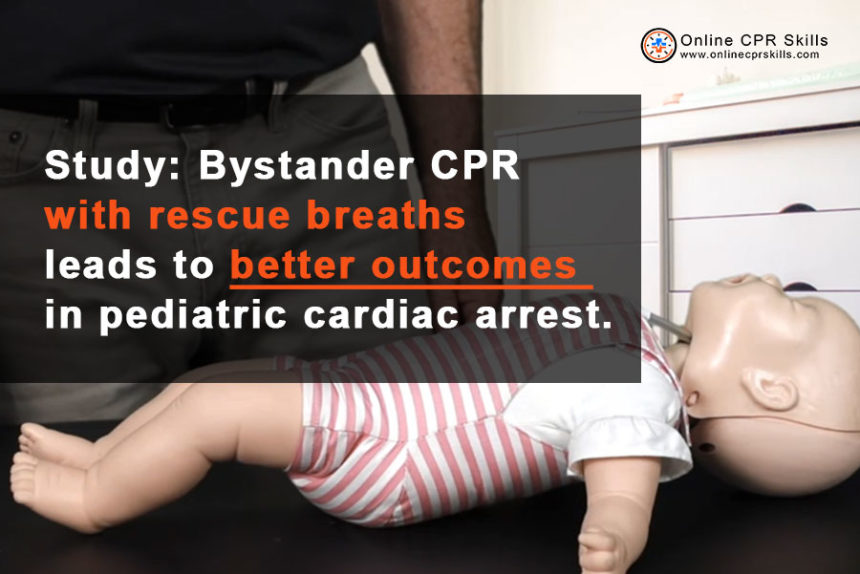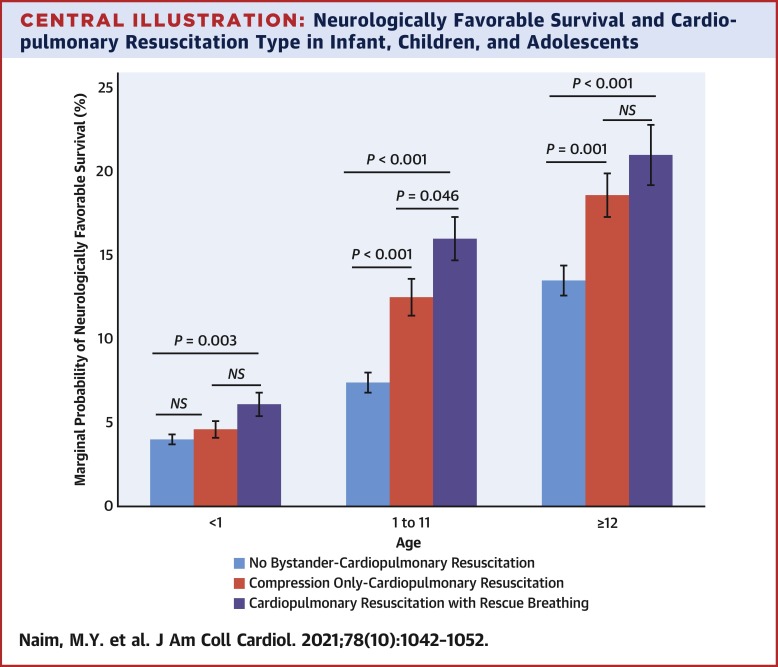Study: Bystander CPR with rescue breaths leads to better outcomes in pediatric cardiac arrest.

A new study coming out of the Children’s Hospital of Philadelphia was recently published in the Journal of the American College of Cardiology supports the use of rescue breathing for children and infants in cardiac arrest.
With recent public health efforts to encourage the public to perform CPR by teaching a hands only style of CPR, has led to a situation where most lay persons are trained in compression only CPR. This was due in part to a belief that the public was resistant to performing mouth to mouth rescue breathing for victims therefore they wouldn’t perform CPR. That may work for adults, but children are not simply small adults. Children and infants usually suffer from a respiratory problem that leads to cardiac arrest.
This has led to an assumption that hands only CPR is just as effective for pediatrics as it is for adults. This study shows that there is a great need for education of the public in the benefits of CPR with rescue breathing for children and infants. The study also shows that CPR with rescue breathing is the only type of CPR for infants that results in good neurological outcomes.

Compressions-only CPR on infants had the similar outcome as infants who did not receive any bystander CPR. With children who received CPR with rescue breathing were 1.5 times as likely to have better neurological outcomes than those who received compression-only CPR.
While those public health efforts to teach hands-only CPR have benefited witnessed cardiac events in adults, it is very likely those efforts have disadvantaged children.
Compression-only versus Rescue-breathing Bystander CPR in Pediatric Out-of-Hospital Cardiac Arrest. Journal of the American College of Cardiology, 2021



Comments are closed.